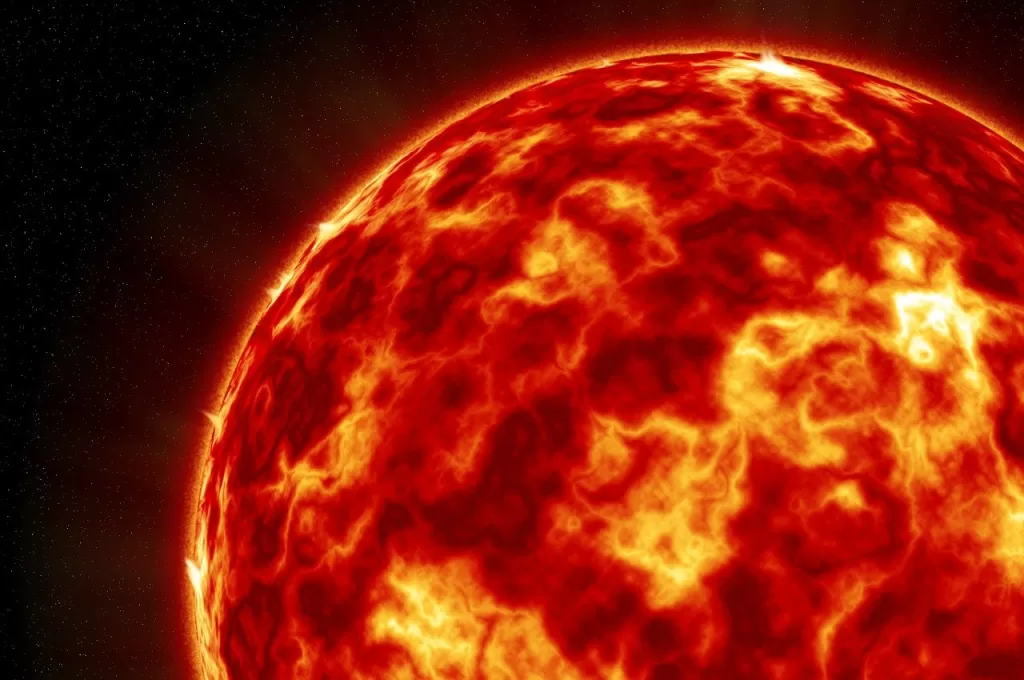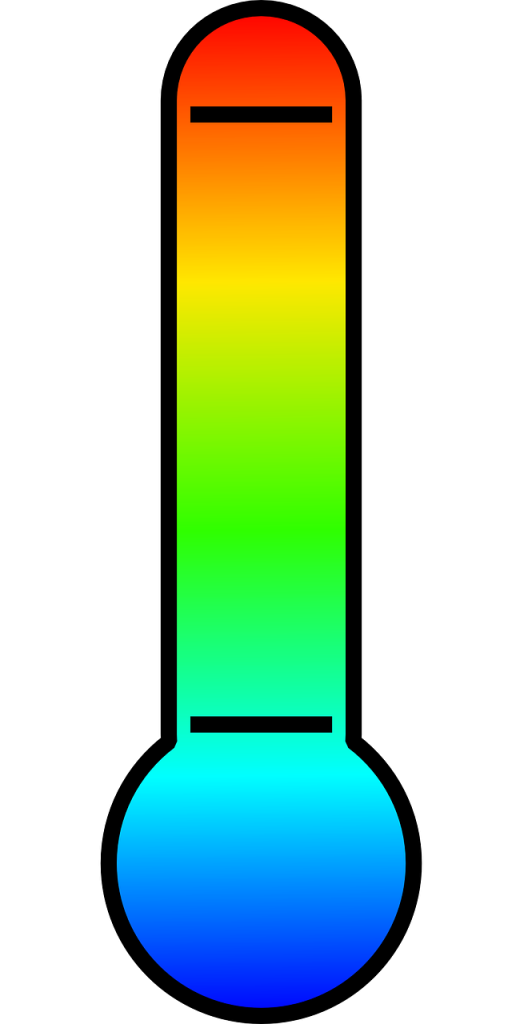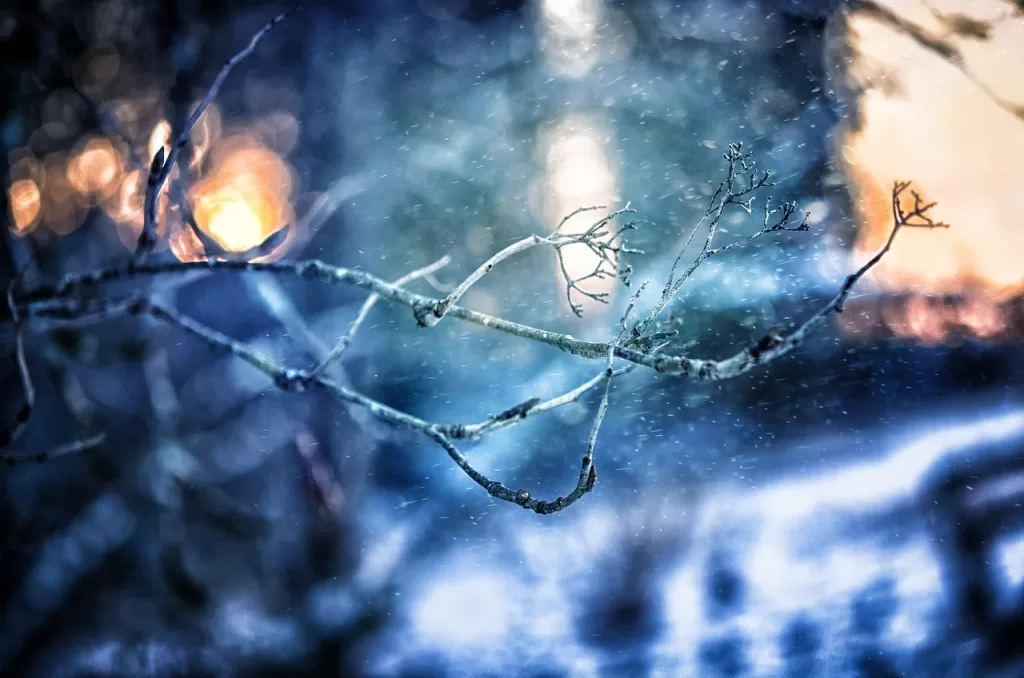
Have you ever noticed how an object’s color can change depending on the temperature?
Just like this picture, when you look at this picture, as if you are in a furnace, your body also feels very hot.
Why is it that color and temperature are related in this way? In this blog post, we will explore the relationship between color and temperature, the science behind it, and how this phenomenon is used in the world today.
- What is Color?
- What is Temperature?
- How are Color and Temperature Related?
- What is the Science Behind the Relationship Between Color and Temperature?
- How is this Phenomenon Used in the World Today?
- What are Some Examples of Color Temperatures?
- What are the Pros and Cons of Using Different Color Temperatures?
- What Are Some Tips for Working with Color Temperature?
- Conclusion
What is Color?
Color is the visible light reflecting off of an object. When light interacts with the surface of an object, the light is either absorbed, reflected, or scattered. When an object absorbs light, it appears dark, while when light is scattered, it appears lighter. The colors we see are determined by the wavelength of the light that is being reflected off of the object.
What is Temperature?
Temperature is the measure of the average kinetic energy of particles in an object. The higher the temperature, the more energetic the particles become. As the temperature increases, the particles move faster and the more rapidly they vibrate. This vibration is what causes the object to absorb, reflect, or scatter the light.
How are Color and Temperature Related?

The relationship between color and temperature is known as color temperature. Color temperature is the measure of the color of light that comes off of an object when exposed to different temperatures. When the object is exposed to higher temperatures, the color of the light that is reflected off of the object will become more yellow or blue. When the object is exposed to lower temperatures, the color of the light that is reflected off of the object will become more red or green.
What is the Science Behind the Relationship Between Color and Temperature?
The science behind the relationship between color and temperature is based on the fact that objects absorb, reflect, and scatter light. When an object is exposed to different temperatures, the particles vibrate at different rates. This affects how the light interacts with the object, which in turn affects the color of the light that is reflected off of the object.
At higher temperatures, the particles vibrate more quickly. This causes the object to absorb more blue light and reflect more yellow light. At lower temperatures, the particles vibrate more slowly. This causes the object to absorb more red light and reflect more green light.
How is this Phenomenon Used in the World Today?

The phenomenon of color temperature is used in a variety of ways in the world today. One of the most common uses is in photography and videography. By adjusting the color temperature of the light, photographers and videographers can create images with different looks and moods.
Color temperature is also used in lighting fixtures. By adjusting the color temperature of the light, lighting designers can create different atmospheres and moods in a space.
What are Some Examples of Color Temperatures?
There are a variety of different color temperatures that are used in photography and videography. Some of the most common color temperatures are:
- Daylight (5000-6500K): This color temperature is similar to the light emitted by the sun during the day. It is a cool, blue light that is often used for outdoor photography.
- Tungsten (3200-4000K): This color temperature is similar to the light emitted by incandescent light bulbs. It is a warm, yellow light that is often used for indoor photography.
- Cloudy (6500-8000K): This color temperature is similar to the light emitted by a cloudy sky. It is a cool, blue light that is often used for outdoor photography.
- Flash (5500-6500K): This color temperature is similar to the light emitted by a flash. It is a cool, blue light that is often used for indoor photography.
What are the Pros and Cons of Using Different Color Temperatures?
Using different color temperatures in photography and videography can be beneficial, but it can also have some drawbacks.
The main benefit of using different color temperatures is that it allows photographers and videographers to create different looks and moods in their images. The different color temperatures can be used to make images look warmer or cooler, and they can also be used to create a more dramatic or cinematic look.
However, using different color temperatures can also be a challenge. Different color temperatures can create color casts, meaning that the image will have a tint of the color temperature that was used. This can be difficult to correct in post-production, and can often require the use of color correction tools.
What Are Some Tips for Working with Color Temperature?
When working with color temperature, here are some tips to keep in mind:
- Use the right color temperature for the environment you are shooting in. If you are shooting indoors, use a tungsten color temperature. If you are shooting outdoors, use a daylight color temperature.
- Adjust the color temperature to create the desired look and mood. If you want a warmer look, use a lower color temperature. If you want a cooler look, use a higher color temperature.
- If you are shooting in a mixed lighting environment, try to use a color temperature that is in between the different lights.
- If you are shooting in a difficult lighting environment, try to use a color temperature that is close to the ambient light.
- Use color correction tools to correct any color casts that may be created by using different color temperatures.
Conclusion
In conclusion, color and temperature are related in that objects absorb, reflect, and scatter light in different ways when exposed to different temperatures. The phenomenon of color temperature is used in photography and videography to create different looks and moods, and it is also used in lighting fixtures to create different atmospheres. When working with color temperature, it is important to use the right color temperature for the environment you are shooting in, and to adjust the color temperature to create the desired look and mood.
